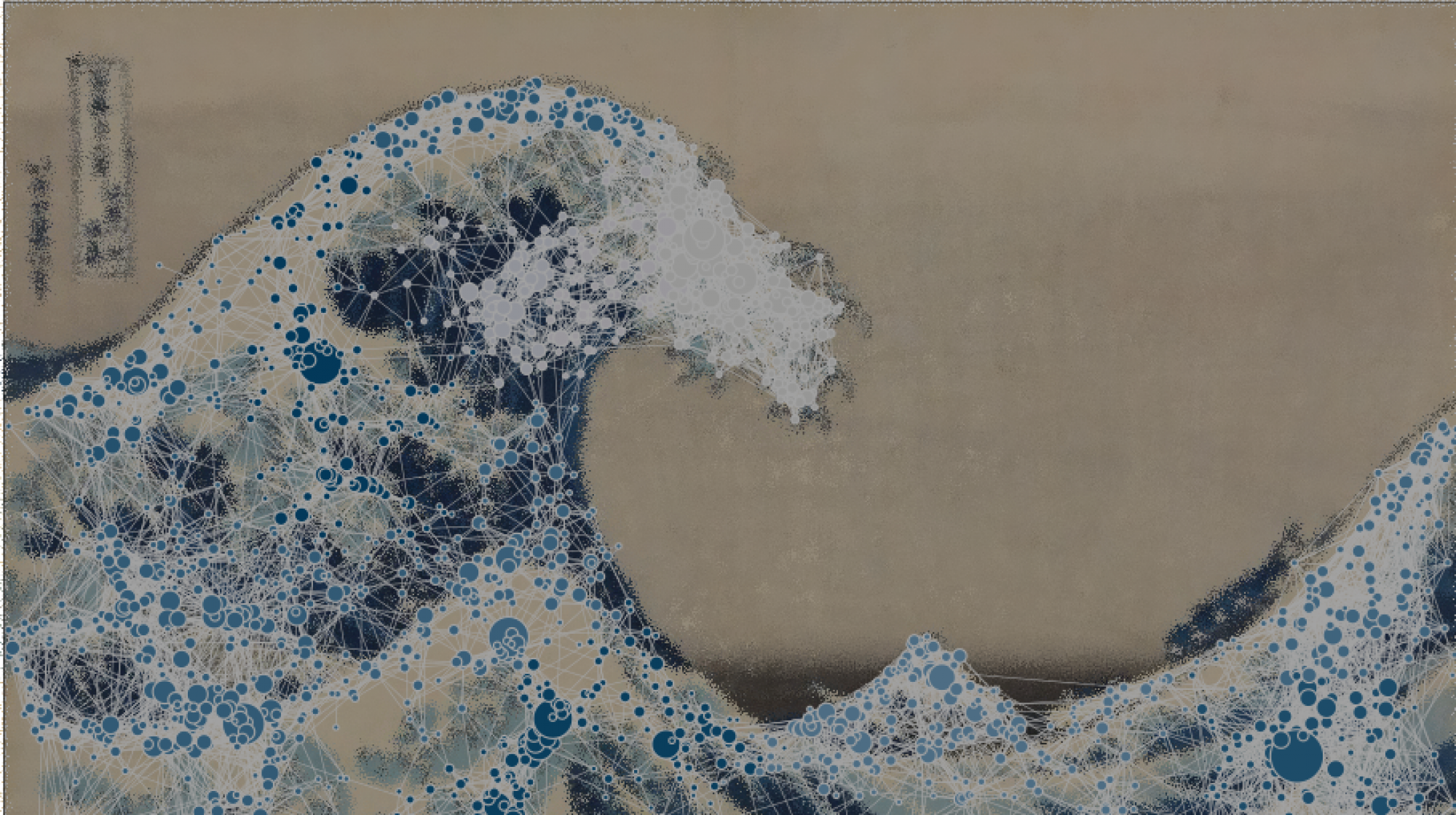The school will be held at Meeting room 1.
NetSci-X Tokyo School Schedule
Overview
9:00 — 9:10
Tutorial 1
9:15 – 11:15 (including a short coffee break)
Speakers: Anton Eriksson and Jürgen Hackl
Title: Higher-Order Network Models for Temporal Network Data
Abstract:
To better understand the flows of ideas or information through social and biological systems, researchers develop maps that reveal important patterns in network flows. In practice, network flow models have implied memoryless first-order Markov chains, but recently researchers have introduced higher-order Markov chain models with memory to capture patterns in multi-step pathways.
Higher-order models are particularly important for effectively revealing actual, overlapping community structure, but higher-order Markov chain models suffer from the curse of dimensionality: their vast parameter spaces require exponentially increasing data to avoid overfitting and therefore make mapping inefficient already for moderate-sized systems.
To overcome this problem, we introduce an efficient cross-validated mapping approach based on network flows modeled by sparse Markov chains. To illustrate our approach, we present a map of air traffic flows with regions that overlap in destination hubs.
In this session, we will go through examples in provided Jupyter Notebooks step by step.
https://pathpy.github.io/pathpy-tutorials/
Prerequisite:
A Python installation with jupyter, numpy, numba, pandas, sklearn and matplotlib. Optionally Docker and docker-compose.
Lunch break
Tutorial 2
13:00 — 15:00 (including a short coffee break)
Speaker: Alex Gates (Northeastern University)
Title: How to find Network Communities and what to do with them
Abstract:
The idea that networks contain mesoscale structure—groups of nodes that are more similar to each other than the rest of the network—is pervasive in network science. However, the specific definition of community structure is less clear; hundreds of methods have been proposed to identify network communities, each with their own nuanced assumptions about what constitutes a community. Similarly, once communities have been detected, network scientists have many notions for what constitutes a “useful” community. In this class, we will introduce the basic concepts of community detection and explore some of the most popular conceptualizations (modularity, infomap, SBM). We will then explore some common Dos and Donts for how to effectively leverage the community structure to draw insights about our network.
Prerequisite:
We assume a basic understanding of network science. Examples will be given in python using the networkx, igraph, and CluSim packages.
Long coffee break
Tutorial 3
15:30 — 17:30 (including a short coffee break)
Speaker: Yohsuke Murase (RIKEN)
Title: A Hands-on Tutorial for a Simulations-Management Tool, OACIS
Abstract :
We organize a hands-on tutorial of OACIS. OACIS is an open-source software developed by R-CCS, which efficiently manages the results of your simulations, machine learning, and other computations. As the number of computational jobs increases, it is often difficult to keep track of vast and various computational results in an organized way. OACIS is a job management software aiming at overcoming these difficulties. With a user-friendly interface of OACIS, you can easily submit various jobs to appropriate remote hosts. After these jobs are complete, all the result files are automatically stored in a traceable way together with logs such as the dates, hosts, and elapsed times of the jobs. OACIS also provides APIs, which help us automate parameter sweep, optimization of parameters, and sensitivity analysis, etc. See Github page (http://github.com/crest-cassia/oacis) for more details. In the tutorial, we demonstrate the basic usage of OACIS and provide you an opportunity to have the experience of using it. In the hands-on, we are going to conduct simulations for network models (such as the BA model) using OACIS.
Prerequisite: Bring your laptop accessible to the Internet.

